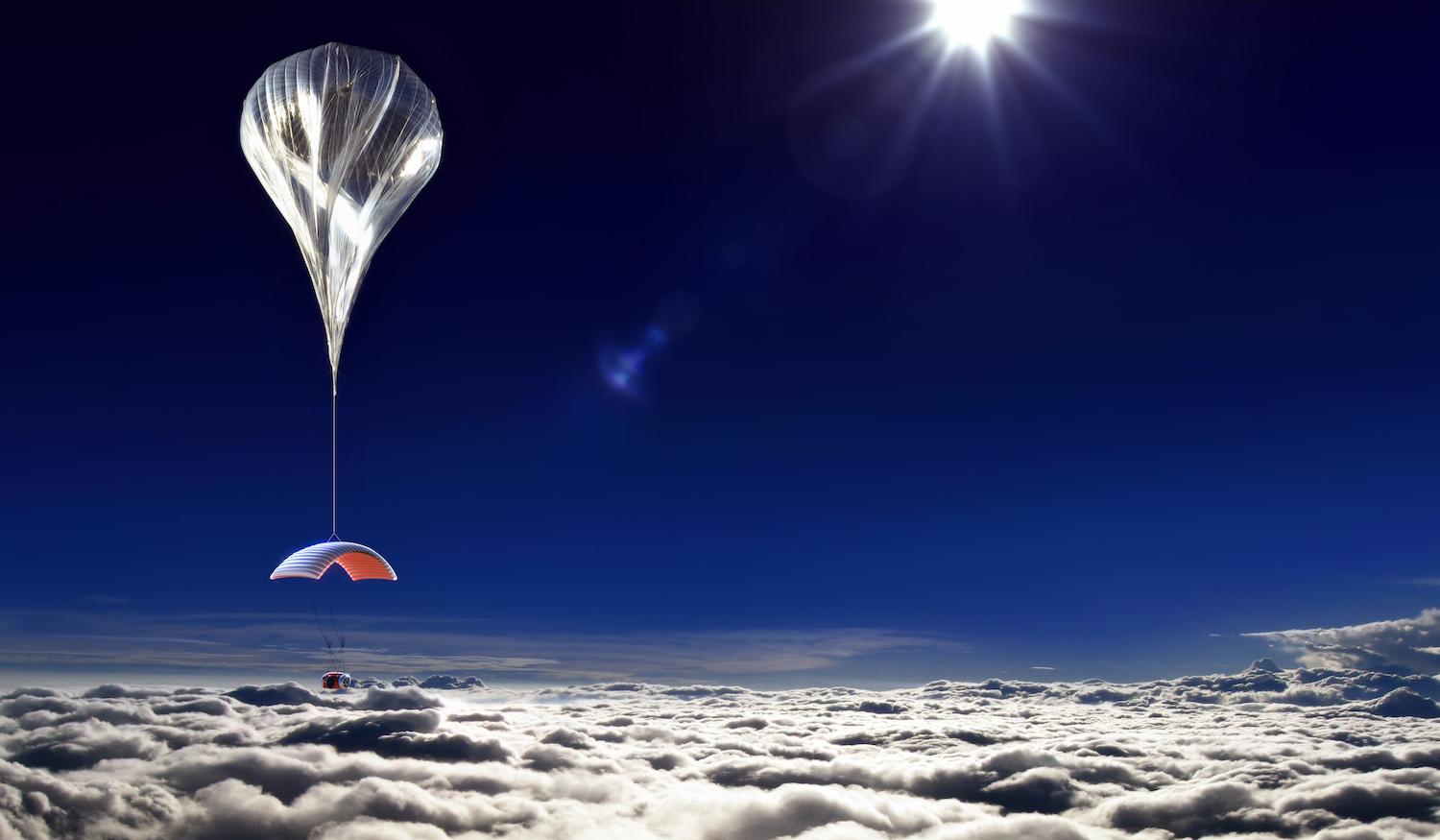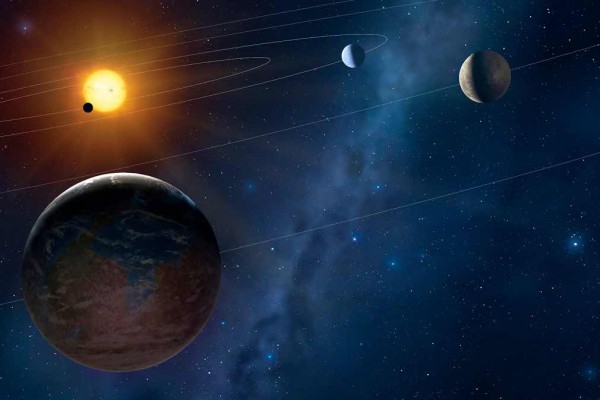Scientists have relied on rockets to send astronauts into space for decades. A new type of space tourism is on the horizon which will enable laymen to view the horizon in an unprecedented way.
World View Enterprises, a local Tucson company dedicated to making space tourism a reality, is designing high altitude balloons capable of carrying people into the stratosphere where they will be able to look down onto the planet from the heights of space. The company hopes to have the giant balloons ready by 2017 at $75,000 per seat. [1]
“I hear a lot of people say this: ‘I don’t want to have lived my entire life on this planet and never really seen it,'” World View chief technology officer Taber MacCallum told sources.
How to send a balloon to the moon
The balloons are made from a thin, durable polyurethane material, which are pumped full of helium on the ground until they ascend to space. The ascension takes anywhere from 90 minutes to two hours. The launch site for the balloons has yet to be determined. The company is vacillating between Florida and Arizona. [1]
The gondola, which is classified as a spacecraft by the Federal Aviation Administration, will sail 100,000 feet for about two hours. The pilot will then vent helium from the balloon and separate the capsule. The capsule will descend to a soft spot at a fixed site, guided by a parachute-like device called a parafoil. The carcass of the balloon will be recovered and recycled. Engineers have mastered a moon landing; now they face the challenge of mastering a balloon landing. [1]
There are several advantages a balloon has over rockets in term of space tourism. To start with, the former is much cheaper. Tickets for the six-passenger SpaceShipTwo cost a staggering $250,000. In addition, World View’s balloons will sail smoothly through the atmosphere, whereas space rockets are a rough ride. Furthermore, the balloon’s will be able to stay suspended in the air longer than the rocker ride. [1]
“The whole vision behind what we are doing is building a new affordable way to take everyday people to space to give them this transformative perspective on the earth on which we live,” said Andrew Antonio, corporate development lead at World View Enterprises. [2]
Reach for the sky
The idea of space balloons wasn’t pulled out of thin air. World View is implementing technology borrowed from Stratospheric Exploration program, which set the world record for the highest sky dive in 2014.
In fact, MacCallum was previously StratEx’s safety officer before he became World View’s chief technology officer. StratEx “was really a foundational project for World View, to run through essentially all the phases of flight that we would have with a capsule, only in a one-person version,” MacCallum said. “It was essentially a scale model.” [1]
The ingredients needed to build the balloons are already in place. All World View needs to do is test and modify the balloons. The company plans to perform a test drop from 100,000 feet with a 10 percent scale model next week. If everything goes according to plan, the first man crewed space flights will be launched in mid-2017. [1]
World View has yet to start selling tickets for the space travel, but MacCallum isn’t worried:
“We really don’t think that tickets are going to be an issue at this point,” MacCallum said. “We think we’re going to be limited by the number of operations we safely feel like we can conduct for the first few years, not available people who want to fly.” [1]
Sources include:
(1) FoxNews.com
(2) WildCat.Arizona.Edu
















